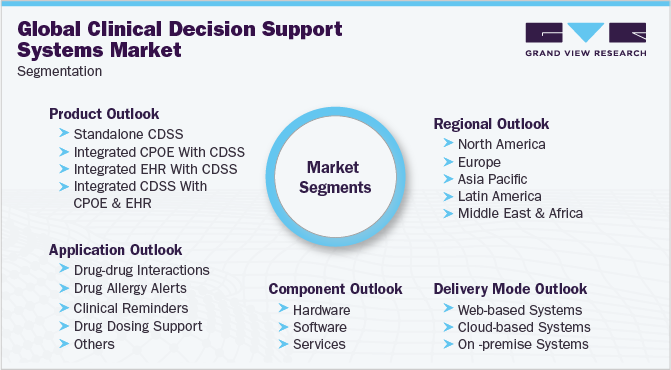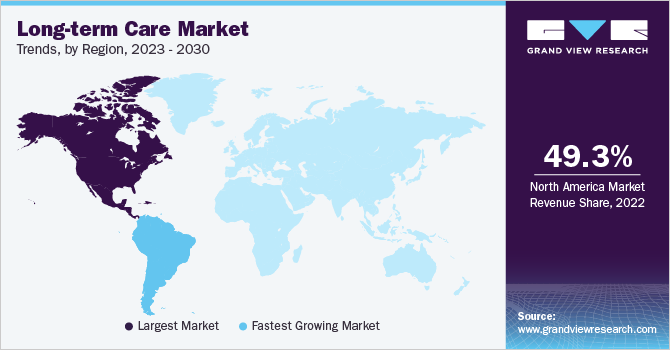Flow Cytometry Market Growth & Trends
The global flow cytometry market size is expected to reach USD 7,531.2 million by 2030, registering a CAGR of 7.17% over the forecast period, according to a new report by Grand View Research, Inc. Technological advancements in the technique are introducing new and improved analytical tools, which include the development of microfluidic flow cytometry for Point-of-Care (PoC) testing. Furthermore, the rising prevalence of cancer, immunodeficiency disorders, and infectious diseases is driving the industry. In addition, increasing R&D investments in biopharmaceutical, life science, and biotechnology research activities have led to high demand for flow cytometry instruments. In recent years, a key focus has been on the development of portable microfluidic flow cytometry devices for PoC testing.
Microfluidics and flow cytometry together make a useful tool to measure multiple characteristics of biological samples. For instance, the easy availability of several microfluidics and miniaturized detectors have enabled the creation of microchip-based cytometers, such as optofluidic cytometer, imaging cytometer, and impedance cytometer. The development of microfluidic flow cytometry devices, which are cost-effective, portable, and compact, is beneficial. They are affordable in developing economies, such as Asia & Africa, and are enabling rapid growth in PoC testing applications. Furthermore, improvements in fluorescent dyes and the increasing utility of benchtop cytometers for academic research settings are expected to drive the industry.
Developments in multicolor flow cytometry are accelerating the adoption of the technique in novel drug development activities. For instance, in January 2020, DxFLEX, CE-IVD, a 13-colour clinical flow cytometry system was launched by Beckman Coulter Life Sciences in Europe. Similarly, easy cellular analysis by simultaneous evaluation of several parameters allows extensive use of such devices for contract research purposes. The COVID-19 pandemic also spurred innovations in the technique, as evidenced by the launch of new products in this domain. For instance, in July 2021, Metropolis Healthcare Ltd. launched CoviRisk–TBNK, a simple blood test to detect the risk status of a COVID-19 hospitalized patient.
It helps analyze patients’ need for ICU facilities or ventilation and aids in the reduction of stress on healthcare resources. The test is a flow cytometry-based lymphocyte subset assay and is IVD-approved. Such innovations are anticipated to fuel industry growth in the near future. Moreover, flow cytometry is a significant tool in listing and characterizing immune cells, and is also helpful in recognizing and validating underlying genetic defects. The technique is also used to observe and monitor the immune response of patients after stem cell transplantation, and hence, organ transplantation plays an important role in boosting industry growth. According to the WHO, around 50,000 stem cell transplantations are performed globally every year, and this number is expected to grow in the near future, broadening the scope of applications for the technique.
On the other hand, instruments are highly expensive, and hence, buyers in several developing countries may not be able to afford technologically advanced flow cytometry equipment. These instruments may cost over USD 100,000 and pose significant budgetary constraints for small- & mid-sized hospitals and clinical laboratories. However, some manufacturers, such as Sony, are trying to launch newer instruments using software to automate a number of processes. Such developments would not only improve the usability of the technique but also help bring down the average instrumentation cost–under USD 100,000–in the near future.
Request a free sample copy or view report summary:
Flow Cytometry Market Report
Report Attribute Details
Market size value in 2023 — USD 4,637.5 million
Revenue forecast in 2030 — USD 7,531.2 million
Growth rate — CAGR of 7.17% from 2023 to 2030
Base year for estimation — 2022
Historical data — 2019–2021
Forecast period — 2023–2030
Flow Cytometry Market Report Highlights
- The instrument product segment held the largest share in 2022 due to technical advancements, as well as increased prevalence of chronic conditions
- Thecell-based flow cytometry technology dominated the industry in 2022 due to the high demand for early diagnosis and rising awareness about the associated benefits of cell-based assays
- By application, the clinical segment accounted for the largest revenue share in 2022 owing to increased activities pertaining to infectious diseases, such as influenza, HIV, and COVID-19, among others
- The academic institutes end-user segment led the market in 2022 owing to increased R&D activities by academic institutes & research centers
- North America was the leading region in 2022 due to the high implementation of scientifically advanced flow cytometry solutions, high healthcare expenditure, and well-established healthcare infrastructure in the region
- Asia Pacific is expected to register the fastest CAGR from 2022 to 2030 owing to the extensive growth in the pharmaceutical and biotechnology industries in emerging economies, such as China and India





